Lot's of back peddling and false beliefs in the above series of statements. A sign you've painted yourself into a corner and are looking for new ground. You've slithered pretty far from your first post in this thread:
With the genesis of your argument in bold above and where my cross-hairs have remained, lets take a moment to review history. Below, the who was "first" is not really relevant, however each date before the 1984 Fiero is.
<< Rewind <<
1923: Lancia Lambda becomes the first monocoque-type body used in production.
1934: Chrysler and CitroŽn build the first mass-produced monocoque vehicles.
1936: Otto RŲhm, a German Scientist, who perfected and created "PEXIGLAS" introduced it commercially where it began being used by automotive and aviation industries.
1939: Fisher Body and RŲhm & Haas create two plexiglass car bodies
for GM to provide an X-ray view of GMís latest steel bodied cars to showcase the engineering, features and sales points of their C-body and B-body cars.
 1941:
1941: Henry Ford experiments with making plastic parts for automobiles and unveils the "Soybean Car" a plastic-bodied car at Dearborn Days, an annual community festival. The car had a total of 14 plastic panels attached on a tubular frame.
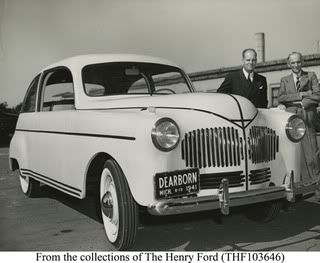 >> FAST FORWARD >>
1957:
>> FAST FORWARD >>
1957: Lotus introduces the Elite, an ultra-light two seat coupe with it's most distinctive feature being a reinforced plastic material for the entire monocoque chassis.
 1968:
1968: CitroŽn introduces the DS 21 PALLAS. A monocoque chassis available with a plastic roof panel.
 1968:
1968: Porsche introduced the 914 prototype, a two seat, mid-engine sports car.
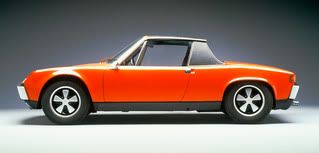 1969:
1969: Fiat introduces the X1/9 as a concept sports-car with two seats and mid-engine .
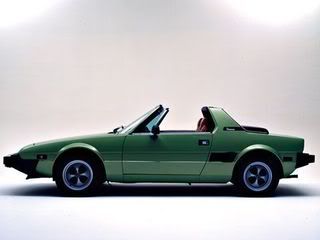 >> FAST FORWARD >>
1982:
>> FAST FORWARD >>
1982: CitroŽn introduces the BX that makes extensive use of plastic body panels (bonnet, tailgate, bumpers). *CitroŽn mass produced 2,315,739 of BX in the 12 year production run.
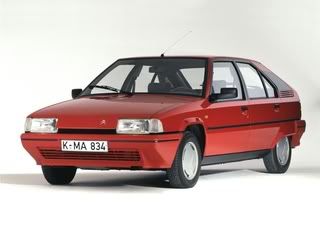 1982:
1982: Porsche develops the 956 an aluminum monocoque chassis with glass resin-formed plastic body panels and takes it racing.
 1983:
1983: Honda introduces the CRX that featured new-tech plastic body panels for the front fenders and "header" panel between the headlamps.
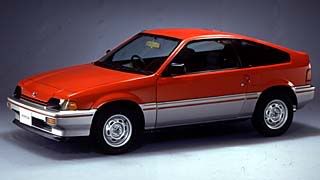
Your primary argument is:
With the Fiero, GM pioneered the construction design of a self-supporting monocoque with plastic body panels. Let's break that down one by one and check against history:
GM Fiero "pioneered" a self-supporting monocoque -
NOPE
GM Fiero "pioneered" a car with plastic body panels -
NOPE
GM Fiero "pioneered" a monocoque with plastic body panels -
NOPE
GM Fiero "pioneered" a monocoque
and all plastic body panels -
NOPE
GM Fiero "pioneered" a two seat mid-engine sports car -
NOPE
GM Fiero "pioneered" a two seat mid-engine sports car with monocoque and plastic body panels -
NOPE
You flame the Z1's marketing for claiming to be innovative. Then you introduce the Fiero suggesting that it pioneered the very ideas used in the Z1.
As illustrated, the reality is that GM and the nerdy Fiero design team simply repackaged and leverage 40+ year old ideas and technologies from their original pioneers.
Simply stated, the very same argument you use against the Z1 can factually be applied to take out the Fiero. In other words, you don't have a single leg to stand upon.....
That my friend is "checkmate"
